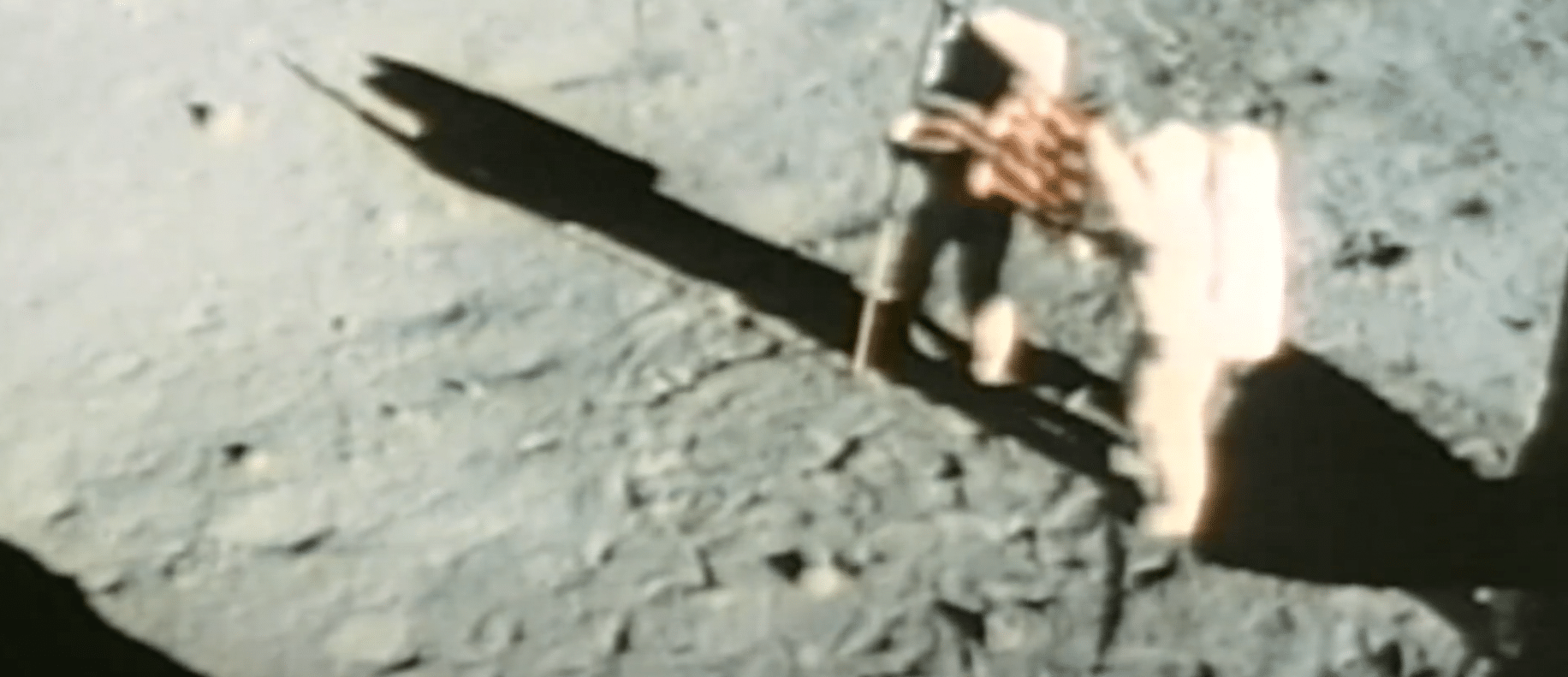Countless artifacts and treasures scattered across the United States all represent the history of this country. From the Constitution to the Statue of Liberty, these national symbols are highly regarded as priceless treasures. However, as well known as they may be, there are likely some things you may not have ever known about America’s most popular symbols.
A video from Military.com highlights some lesser-known facts about the most well-known articles that make up the U.S.
See if you knew any of these facts in the video below:
First on the list is the fascinating history of Uncle Sam. The personification of the U.S. whose fierce look and pointed finger encouraged young men to join the Army was not just a cartoon drawing. In fact, Uncle Sam’s likeness was actually based on a real person.
Samuel Wilson, a meatpacker from Troy, N.Y., is believed to have been the true inspiration behind Uncle Sam. Wilson, who supplied rations for American soldiers during the War of 1812, stamped his packages with the letters “U.S” for United States. Soldiers who knew where the rations had come from joked that their food was provided by “Uncle Sam,” a common nickname for Wilson at the time.
By the end of the war, the Uncle Sam moniker had stuck and ultimately was used as a symbol for the military and country as a whole.

Five facts you probably didn’t know about America’s national symbols. (Military.com/YouTube)
One of the most interesting facts from the video actually has less to do with the U.S. itself and more so to do with outer space. While most Americans can probably visualize Neil Armstrong saluting the flag on the surface of the moon, it may come as a surprise to learn that there are six different American flags placed all over the lunar surface.

Five facts you probably didn’t know about America’s national symbols. (Military.com/YouTube)
Each flag was the product of the various other Apollo missions that sent man to the moon. Decades later, the U.S. is still the only country to have successfully completed such a mission

Five facts you probably didn’t know about America’s national symbols. (Military.com/YouTube)
The most surprising fact has actually nothing to do with an object or artifact, but a song. The national anthem, the Star-Spangled Banner, has been sung in this country for nearly the entirety of its history, but the song would not be dubbed the national tune for more than a century after it was originally penned.
Written by Francis Scott Key in 1814, the poem turned song was popular throughout the country. It was not until President Herbert Hoover signed a bill into law in 1931 that the song was officially named the country’s national anthem.



